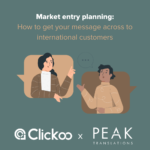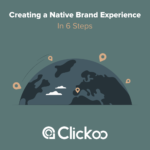
Paid media platforms offer brands a highly advanced method of reaching audiences in almost any market.
They offer a huge range of targeting capabilities and creative formats. However ad types and audience demographics are just two parts of the puzzle, and whilst understanding them will help you to establish the most applicable platforms for your brand, there’s more to take into account to ensure you choose the right channels to achieve your goals.
One key thing to know are the benefits that each platform boasts. Join us as we dive into the main advantages of the most popular paid media channels.
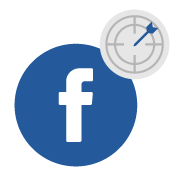
Facebook for targeted reach
The first benefit of this platform is obvious – its extensive reach. Everyone and their grandma is on Facebook (well, almost).
But it’s more than this. Your message won’t just be thrown to the winds – Facebook advertising can be very narrowly targeted. It’s the most targeted form of paid media, with categories including age, interests, behaviours and location. The better you know your audience, the better the conversation – and Facebook’s targeting capabilities help empower this.
It’s one of the best platforms in terms of value for money too. It depends on the market, but Facebook can often be one of the least expensive types of paid media advertising in terms of interaction cost (CPC), which can substantially reduce your lead acquisition costs.
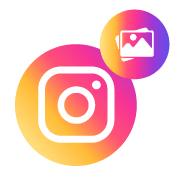
Instagram for powerful visuals
As Instagram is owned by Facebook, it yields many of the same benefits – including its targeting abilities.
However, Instagram manages to stand out from other platforms by being more focused on the visual elements of the content. Text in your advertising is optional. And this is a good thing, given the power of images: 80% of people remember what they see, compared to 20% remembering what they read.
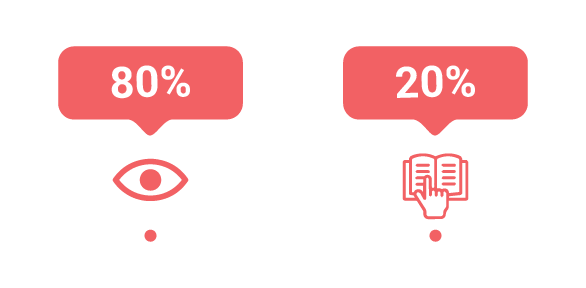
The best part? Instagram ads are non-intrusive, and therefore users are less likely to find them a source of frustration. On this platform, individuals are significantly more inclined to follow businesses. This means there’s a higher chance of positive engagement.
Plus if you are an eCommerce business you can easily integrate Shopify, which can really streamline the process of selling products directly through the platform.

LinkedIn for personalisation
LinkedIn has its own, very specific focus: business. This makes it ideal for targeting those in the corporate world. Stats have shown that LinkedIn is the trailblazer for business-to-business lead generation, responsible for over 80% of all social media B2B leads.
It also gives you access to data you often wouldn’t receive through the personal accounts of Facebook and Instagram. These include job role, previous work experience and skill set. It’s much more likely to be genuine and up to date too. So, when you choose to target by factors like industry or company name, you’ll be able to do so much more accurately.
As well as this, LinkedIn’s personalisation is second to none. Take its Sponsored InMail ad format, for example. You can send customised messages directly to your target audience’s inboxes. Not only this, but LinkedIn won’t send paid-for mailers to those that are inactive on the platform, meaning you’ll only spend your budget on worthwhile individuals.
Then there are dynamic ads – which really do get personal. You can tailor them so that the adverts incorporate things like the user’s photo, company name and job title.

Twitter for share-ability
Whilst all these social platforms can be used on mobile, Twitter usage is particularly prevalent on this device. Therefore, if you want to reach users as they’re travelling or more passively browsing, then Twitter ads should be a top priority.
It’s the way in which Twitter works that makes the ads on this platform so beneficial. As such a large part of interaction on Twitter is essentially retweeting, there is a much higher likelihood of your advert being shared, and so reaching a higher number of people.
Then there is keyword targeting. Twitter is all about precise words and hashtags – and you can focus your advertising on this, instead of more widely on topics. You can specifically target those who have used a keyword themselves, or engaged with tweets containing them, within the last seven days.
On top of this, numerous studies have revealed that Twitter advertising has higher click-through rates than other types of paid media ads.
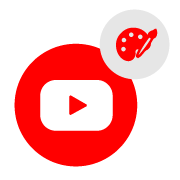
YouTube for creativity and diversity
Advertising on YouTube brings together the advantages of social media and television promotion. Users spend a significant amount of time watching videos on the platform – like they would watch programmes on TV – and can engage with individuals and brands alike. On average, they’ll spend around 40 minutes per viewing session.
Video is obviously very creative too, enabling you to be really imaginative with how you convey your brand’s message.
Plus, unlike most other social media platforms, people don’t only visit YouTube for entertainment. They go there to be informed as well – meaning you can reach a broader audience with a multitude of intentions on this platform.
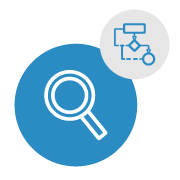
Paid search to meet needs
In an ever-more competitive digital landscape, it’s important to take advantage of all of the tools available to you. Doing so will help you connect with your audience throughout their journey. Few channels boast the capability to create these connections at almost every stage of that journey, and paid search is one of them.
Thanks to advanced audience expansion algorithms, a granular level of targeting control and the massive global usage of platforms like Google search (which holds 92% of the market), it’s the perfect place to hold a conversation with your customers of tomorrow at any stage of their purchasing journey.
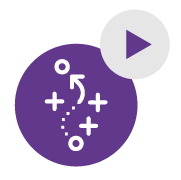
Actioning your paid media strategy
Once you’ve determined the paid media channels you want to use, you’ll need to think about how to tailor the content of your ads to the particular platform and to your target audience. To ensure it speaks really speaks to your audiences nuances and needs, you’ll need to localise your messages.
Localisation should be a central part of your digital strategy. By understanding your audience and the market environment they’re in, you can guarantee that your paid media will connect with your potential customers on a human level. This approach is essential to ensure you stand-out in a crowded marketplace.
There’s no need to look any further than Clickoo for an paid media partner you can trust. We use our extensive knowledge and valuable audience insights to build a campaign that’s tailored to the nuances of your customers, wherever they are in the world.
Boost your ad performance in any country, and propel your growth with Clickoo. Get in touch with us today.
Want to learn more connecting with your audiences?

Fill the form below to receive Clickoo’s guide to localised paid media
